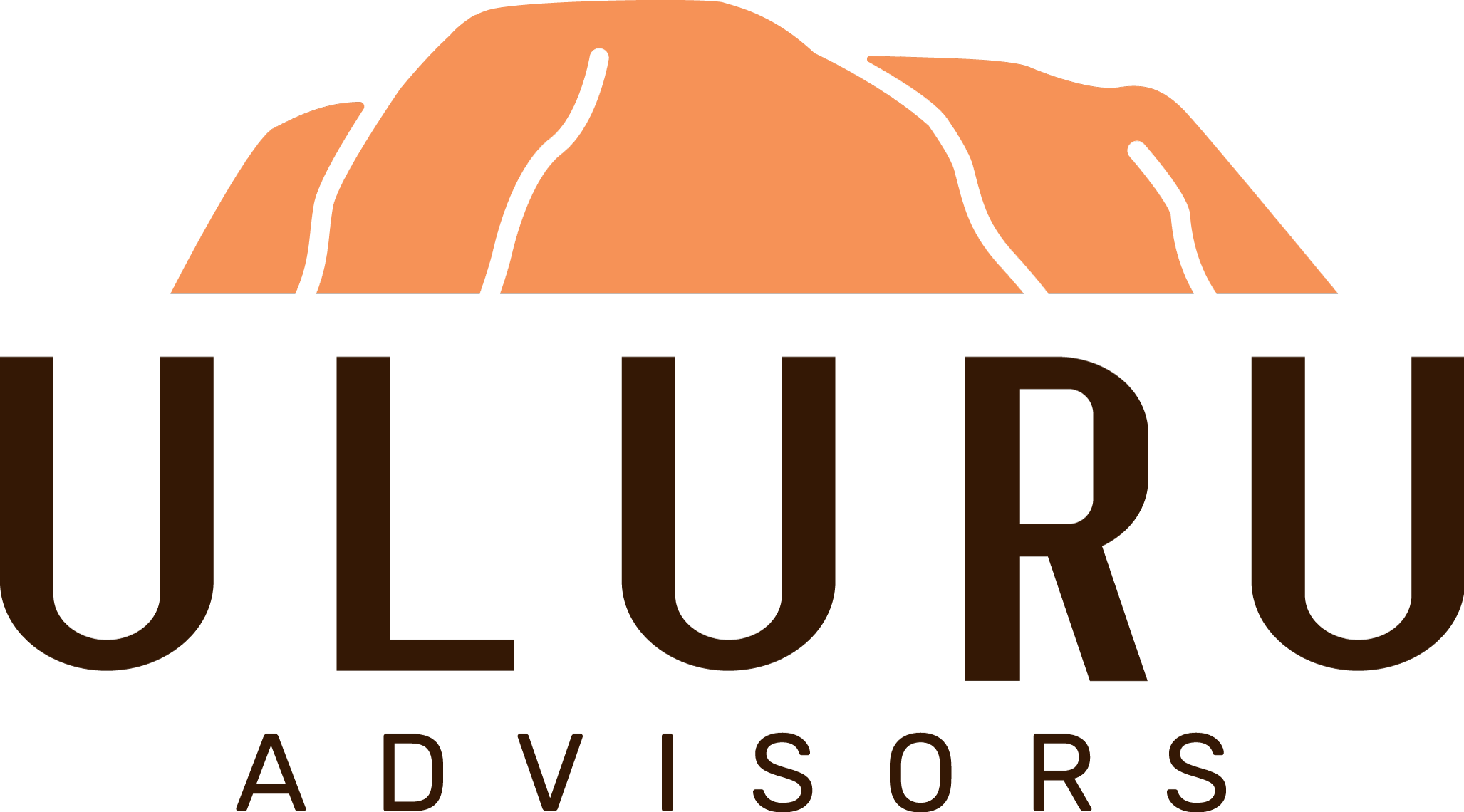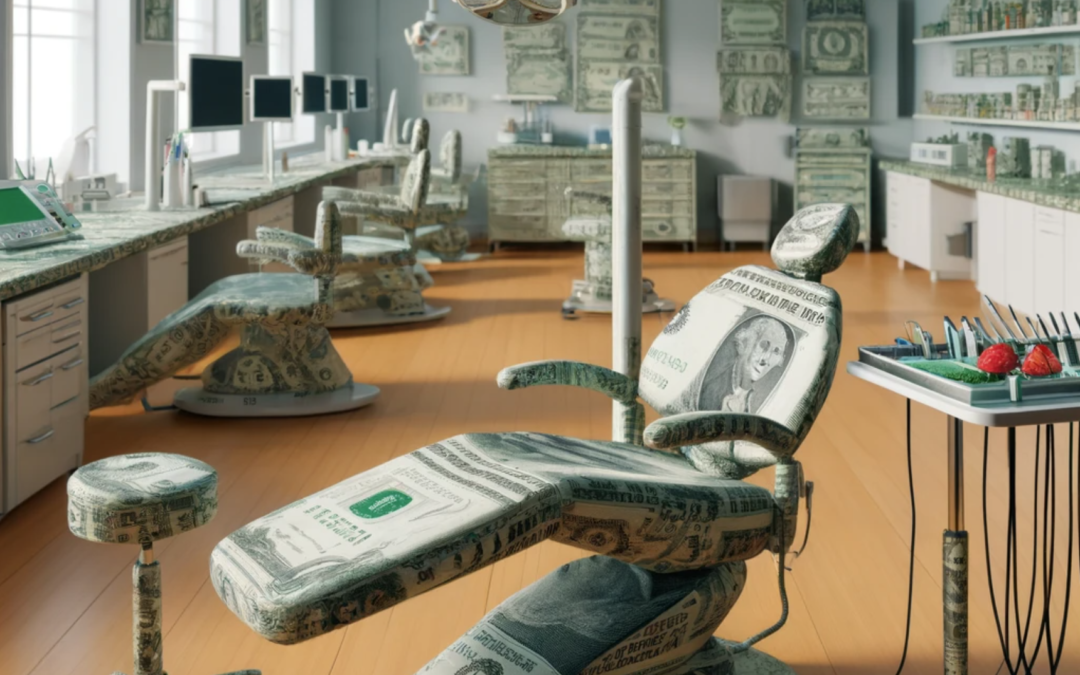Running a successful dental practice requires a balance of numerous factors, one of the most critical being cash management. The question of how much cash to keep on hand in your practice doesn’t have a one-size-fits-all answer. It’s a blend of the size of your practice and your personal comfort level with having a financial safety net. Too little cash, and a bad month could jeopardize your ability to meet payroll. Too much cash, and you might be missing out on potential higher returns by investing that money elsewhere.
At our firm, we believe there is an optimal range of cash reserves to maintain. This amount will vary based on your individual preferences, shaped by your past experiences with cash flow, whether positive or negative. There isn’t a scientific formula to pinpoint the exact right amount, but based on our observations of healthy practices weathering rough patches and mediocre ones suddenly thriving, we’ve developed a method to help you find a suitable range.
Having adequate cash reserves is essential to avoid the trap of needing a “dirty” loan to cover payroll, which can lead to a vicious cycle of debt. While we advocate for securing a line of credit to cover low-end cash risks and using a high-yield savings account to avoid holding excess cash, those topics will be discussed another day. Today, we will focus on our formula for determining how much cash to keep on hand for a solo-owner practice. This formula can be adjusted for practices with multiple owners.
Gathering the Necessary Numbers
Before calculating your cash reserve range, you need to gather three critical pieces of information:
- Practice Overhead: Determine your average monthly overhead expenses. This includes all employee costs, rent, utilities, lab supplies, marketing, and administrative costs like insurance, computer, and office expenses. Exclude any doctor compensation and owner-related expenses, such as country club fees. Ideally, use the average overhead for the past 12 months to get a reliable figure.
- Personal Cash Needed: Calculate how much money you need each month, after taxes, to live comfortably. If you don’t have a personal expense tracking method (like Mint or another budgeting tool), the simplest way is to look at your average credit card bills and mortgage/property tax payments over several months.
- Practice Debt: Identify your monthly payments for practice-related loans, including both principal and interest on practice and equipment loans.
Establishing a Cash Reserve Range
With these figures in hand, you can create a range of cash recommendations for your practice:
Low-End Reserve: At a minimum, you should have enough cash to cover one month of overhead expenses. For example, if your average monthly overhead is $60,000, your minimum cash reserve should be $60,000. This is particularly important for new practice owners, although it might take up to a year to comfortably reach this point. For mature practices, this is the bare minimum to keep in your business bank accounts.
Medium Range Reserve: A moderately conservative approach is to keep two months’ worth of average monthly overhead. This gives you an extra buffer for rough patches, such as another pandemic or unexpected disability. If your average monthly overhead is $60,000, the medium-range cash reserve would be $120,000.
High-End Reserve: Some practice owners prefer to be extremely conservative, especially in uncertain times. The high-end reserve includes your average monthly overhead, personal cash needs, and monthly debt service. For example, with a monthly overhead of $60,000, personal expenses of $12,000, and monthly debt payments of $10,000, the high-end reserve would be $164,000 ((60,000 + 12,000 + 10,000) x 2). Note that if you have a partnership, personal expenses might be excluded, with each owner planning their own cash reserves.
Practical Applications and Considerations
Now that we have a range of values:
- Low-End: $60,000
- Medium Range: $120,000
- High-End: $164,000
Choosing the exact amount within this range depends on your risk tolerance and immediate cash needs. We typically lean towards the higher end, as starting with a higher reserve can help cushion against a steady decline in cash flow, allowing you time to address the underlying issues without running out of funds.
Be Intentional with Your Cash Reserve
Whatever amount you decide to keep, it’s crucial to be intentional about it. Avoid picking arbitrary figures like $100,000 without understanding how they relate to your overhead and cash needs. Being intentional means having a clear rationale for your reserve amount and adjusting it as your practice grows or faces new challenges.
Adjusting for Multiple Owners
If you have multiple owners, the formula might need adjustments. Each owner should plan for their personal cash needs separately. The practice’s cash reserve should still cover the combined overhead and debt service, but personal expenses are generally excluded from the practice’s reserve calculation.
Building Up Your Reserve
For new practice owners, building up to the desired cash reserve might take time. Aim to save incrementally, starting with the low-end reserve and gradually increasing it as your practice stabilizes and grows. Regularly review your expenses and adjust your reserve as necessary.
Maintaining Flexibility
It’s essential to maintain some flexibility in your cash reserve strategy. The dental industry, like any other, is subject to economic fluctuations, changes in patient behavior, and unforeseen events. Regularly reassess your cash reserve strategy to ensure it aligns with current conditions and your practice’s needs.
Utilizing Excess Cash
If you find that your cash reserve consistently exceeds the high-end threshold, consider investing the excess funds. High-yield savings accounts, short-term investments, or reinvesting in your practice through new equipment or marketing initiatives can yield better returns than letting the cash sit idle.
Preparing for the Unexpected
While no one can predict the future, having a robust cash reserve can provide peace of mind and financial stability. It’s about striking a balance between being prepared for emergencies and maximizing the growth potential of your practice. Regularly review your cash flow, expenses, and reserve levels to ensure you’re well-prepared for any eventuality.
Conclusion
Determining the right amount of cash to keep in your dental practice is a nuanced decision that depends on various factors, including your practice’s size, personal financial needs, and risk tolerance. By using the guidelines and formula provided, you can establish a cash reserve that offers financial security and flexibility.
Remember, the goal is to be intentional with your cash management, regularly reassess your needs, and adjust your reserve as necessary. With a well-planned cash reserve strategy, you’ll be better equipped to handle the ups and downs of running a dental practice, ensuring its long-term success and stability.

